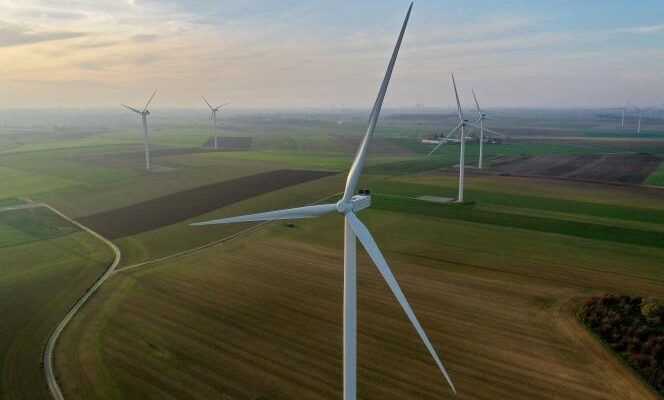Lhe energy transition will require a considerable increase in investment. Production and storage of renewable energy, construction of smart electricity networks, decarbonisation of industry and transport, thermal renovation of buildings and homes, etc. The need for additional gross investment is estimated at 4% or 5% of global gross domestic product (GDP) each year for thirty years. But at the same time, investments in fossil fuels will decrease, as is already the case: the need for additional net investment would then be of the order of 3 to 4 percentage points of GDP.
This enormous investment effort will only be possible if certain macroeconomic conditions are met. First of all, interest rates should stay low. The investments necessary for the energy transition have low financial returns; their efficiency comes from the benefits they bring (reduction of CO2), but not their pure financial profitability. As long as interest rates are low, these investments are fundable. But this is no longer the case if interest rates go up.
Second point, if investment increases durably by 3 to 4 points of GDP and if the GDP remains unchanged, this would mean that consumption decreases durably by 3 to 4 points of GDP, the GDP being divided between investment and consumption. However, initially, the potential GDP (that which can be achieved with the existing capital and active population) will rather decrease than increase. Indeed, the energy transition will initially destroy capital and the jobs linked to this capital (in fossil fuels, the production of intermediate goods that consume large amounts of fossil fuels, the production of thermal cars, etc.).
Long term vision
If there is no overall increase in GDP, the drop in consumption will affect the poorest households and, if we want to help the latter, it will be even stronger for the middle classes. This decrease can occur either because households save more to invest in the energy transition (renovation of housing, joint acquisition of green electricity installations, etc.), or because the State finances investments through a tax increase. required.
We can therefore see the need for more income, and therefore growth. To prevent the increase in investment translating into a fall in consumption, we therefore need more growth, not in the short term but in the long term, in potential growth, since the investment effort will have to last for a period of time. thirty years.
You have 51.29% of this article to read. The rest is for subscribers only.
